
Yixuan Ding
My background is in industrial design and interface design. I have always believed in the design perspective that ‘good design is imperceptible’. Therefore, I chose UX design in order to design products that are natural for users.

My background is in industrial design and interface design. I have always believed in the design perspective that ‘good design is imperceptible’. Therefore, I chose UX design in order to design products that are natural for users.

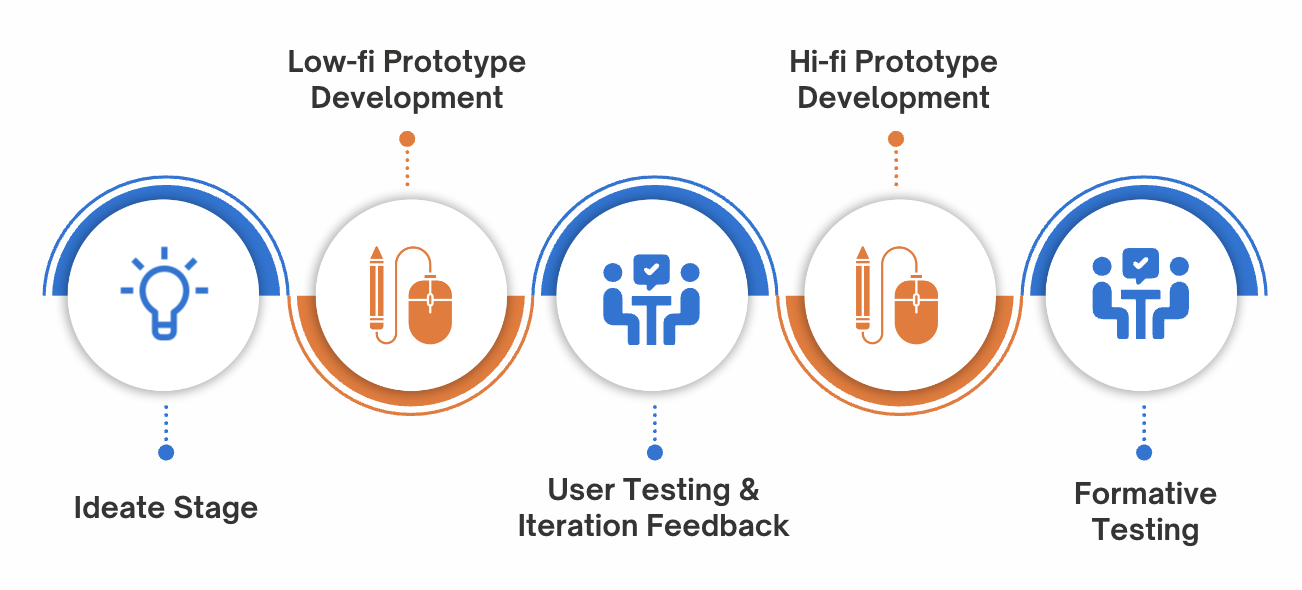
This project focuses on enhancing users’ fabric evaluation capabilities during online shopping with limited sensory interaction. Since sensory experience is the key for consumers to perceive products and make purchase decisions, this study will explore how sensory stimulation affects fabric perception and purchase intention, providing new insights into improving online shopping experience.
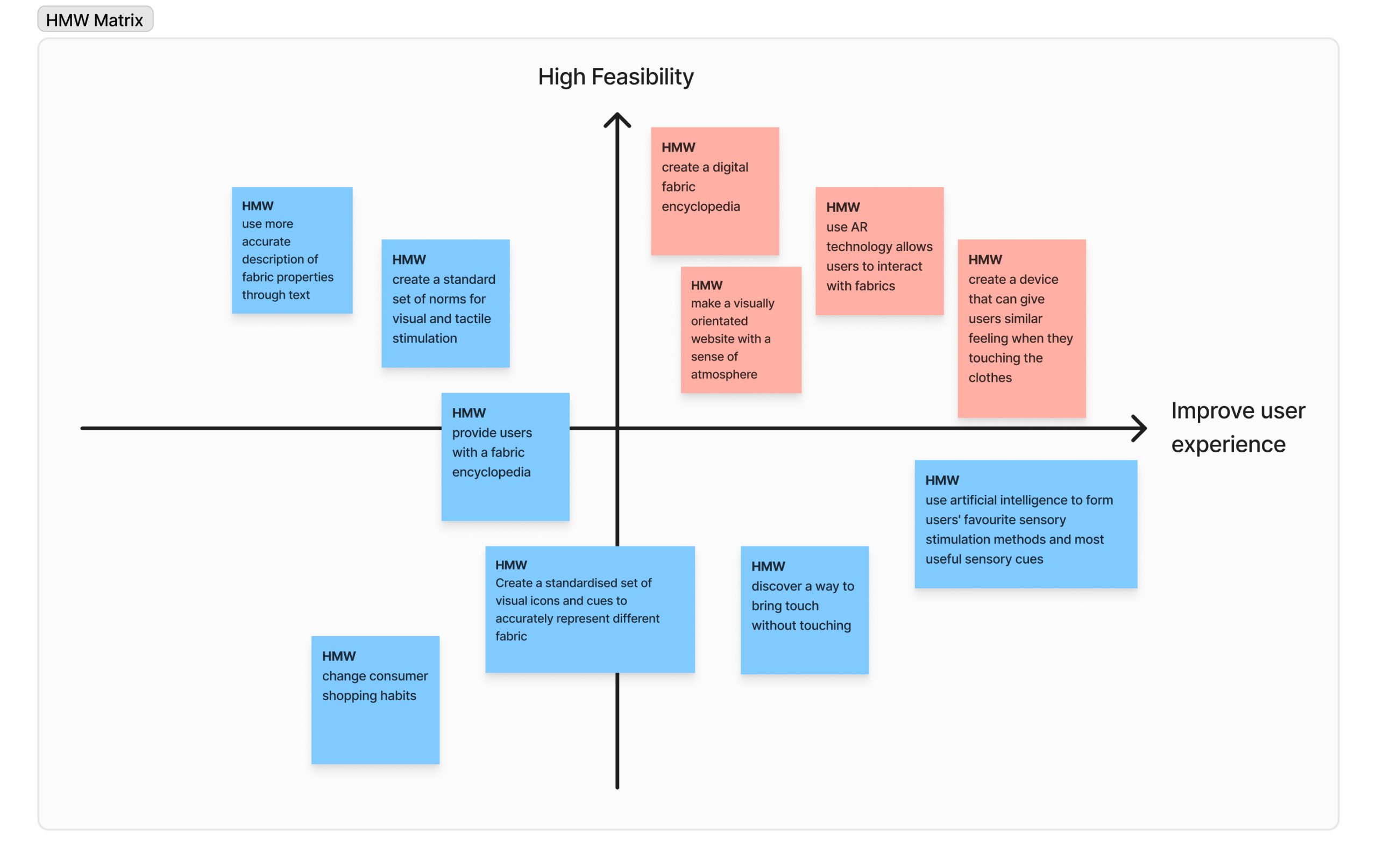
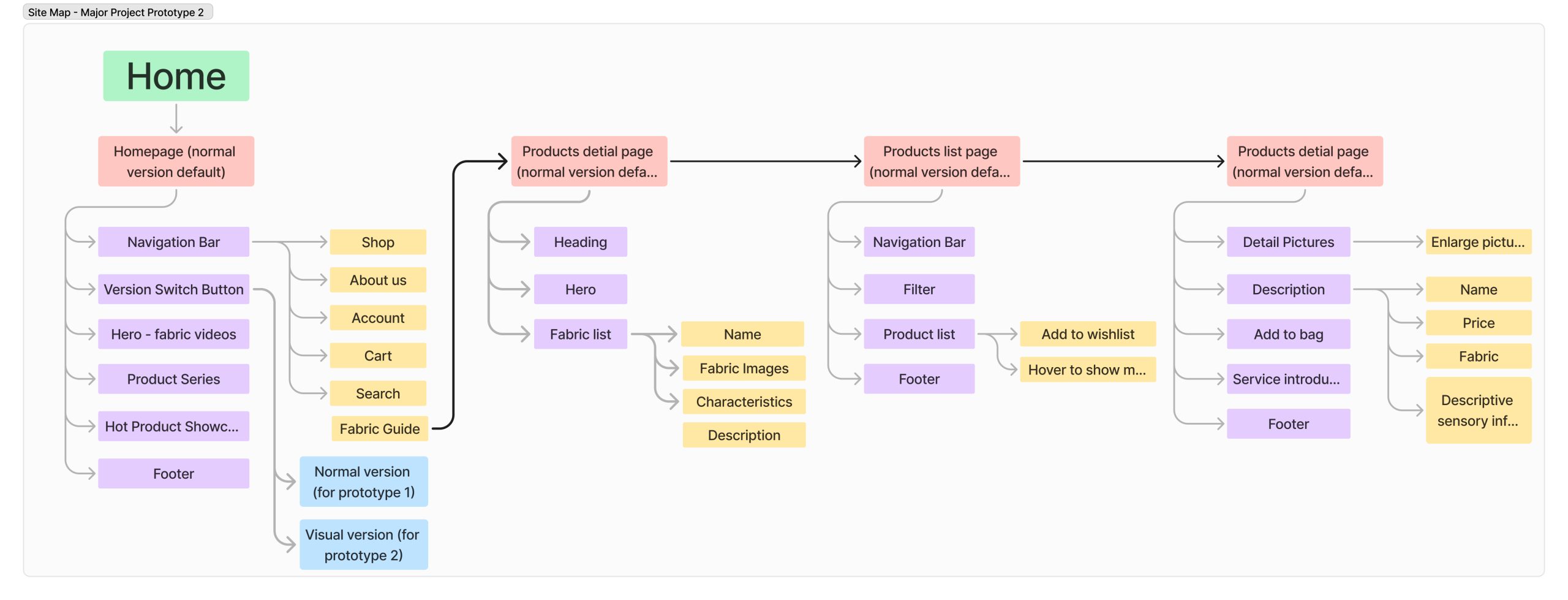
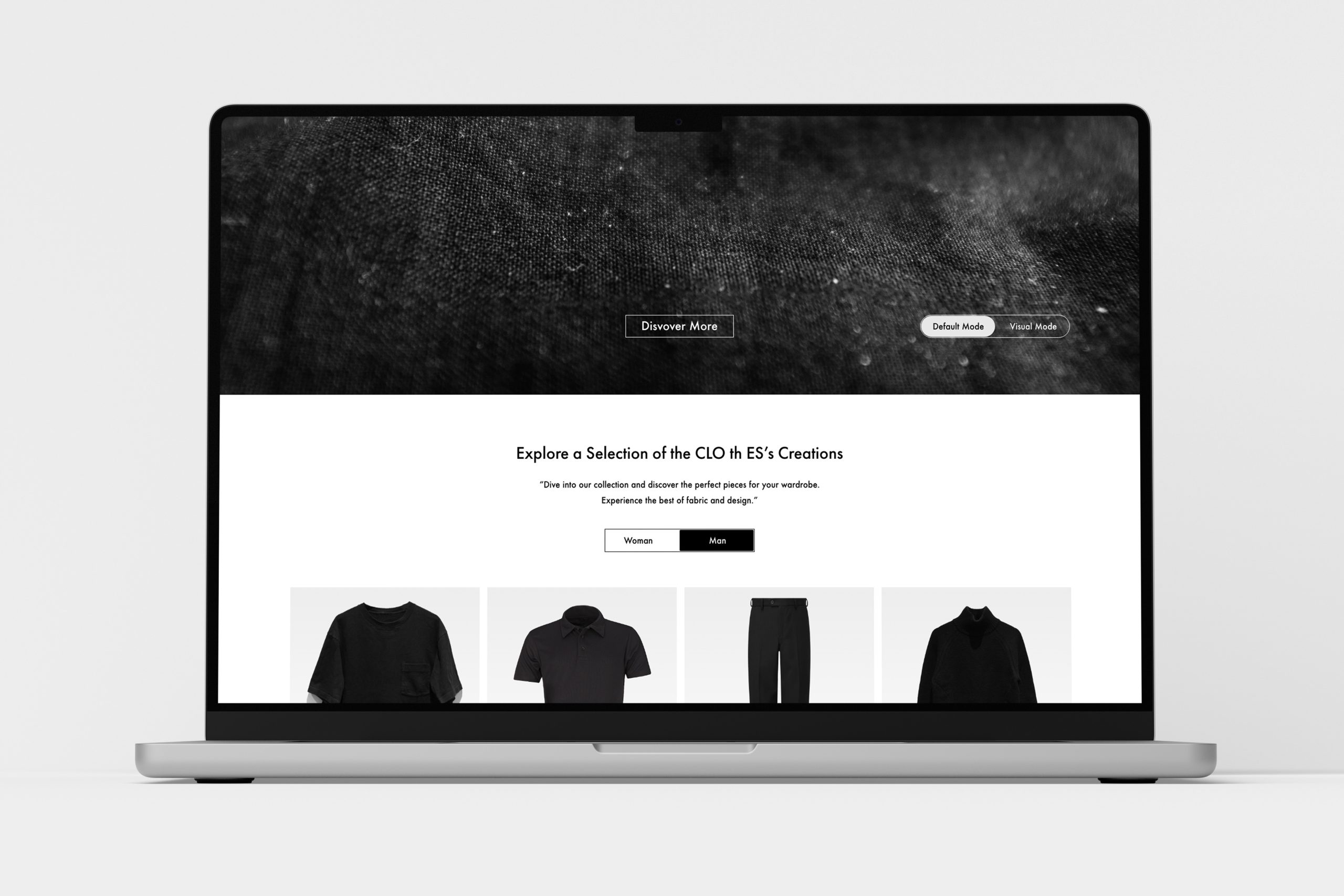
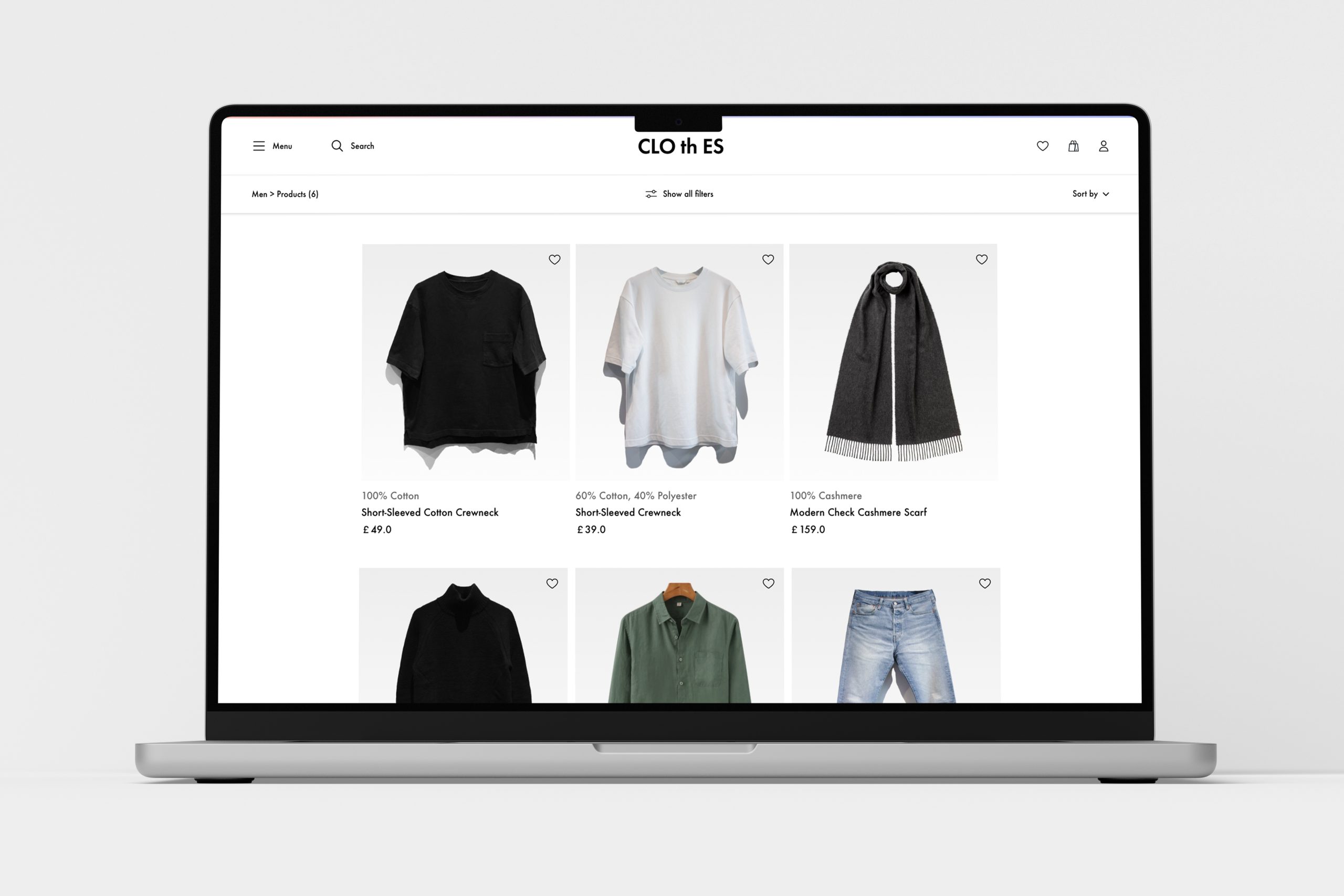
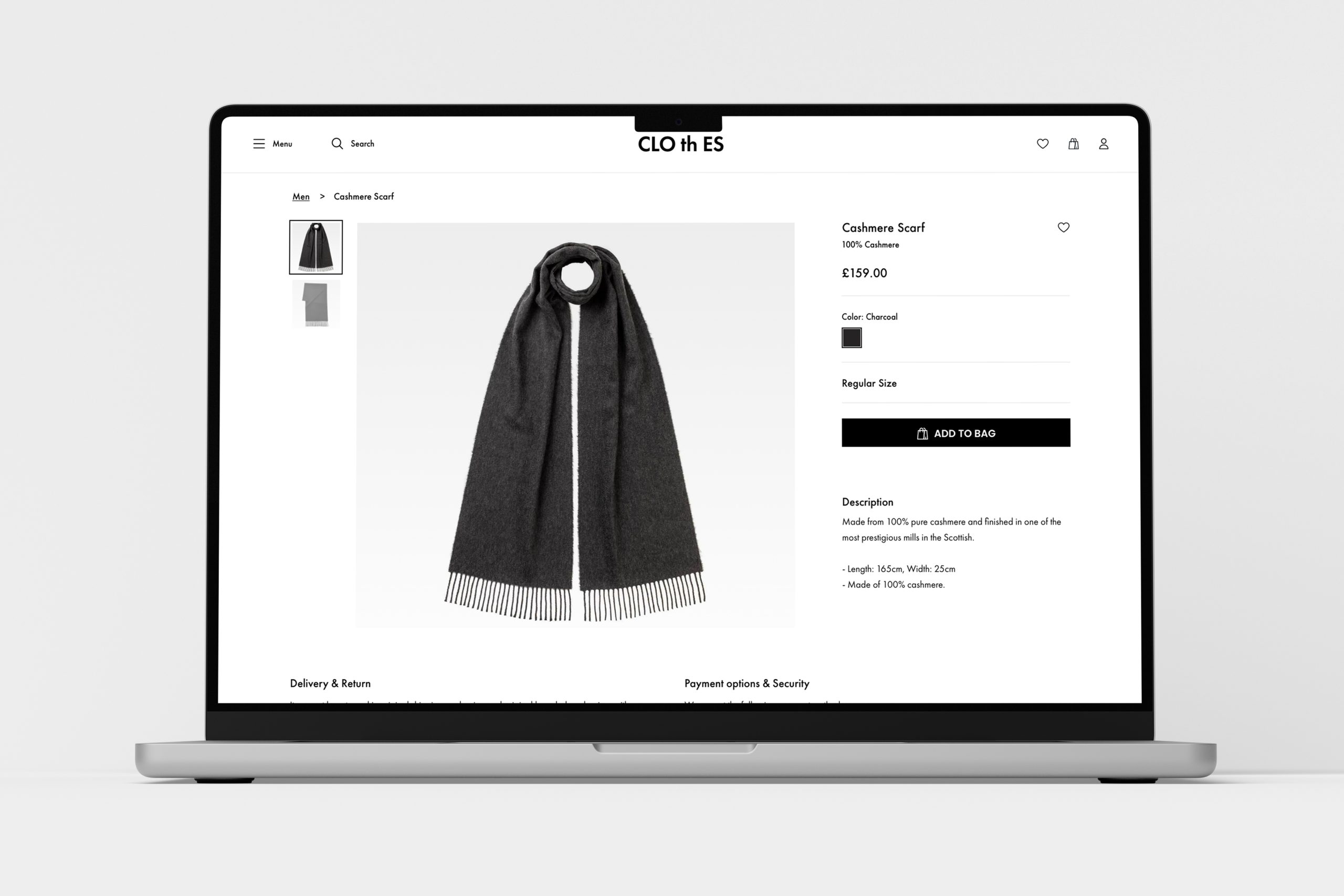

The product detail page integrates textual descriptions with dynamic visual effects, applying Dual-Coding Theory to enhance users’ understanding and comparison of fabrics.
Drawing on the Emotional Response to Textiles Theory (Zhou & Jiao, 2020), convey these emotional responses associated with different fabrics, descriptive sensory information such as “warm”, “cool” or “soft” is employed.
In designing dynamic videos, researchers developed a “Fabric Property Table” based on the descriptions found in Textiles (Kadolph & Marcke, 2017).
Following the Cognitive Load Theory (Sweller, 1988), related fabric information is grouped to reduce users’ cognitive load, making it easier for them to process and evaluate the information presented.
Reference Textilepedia (Thames, 2020) to form ‘Fabric Guide’.
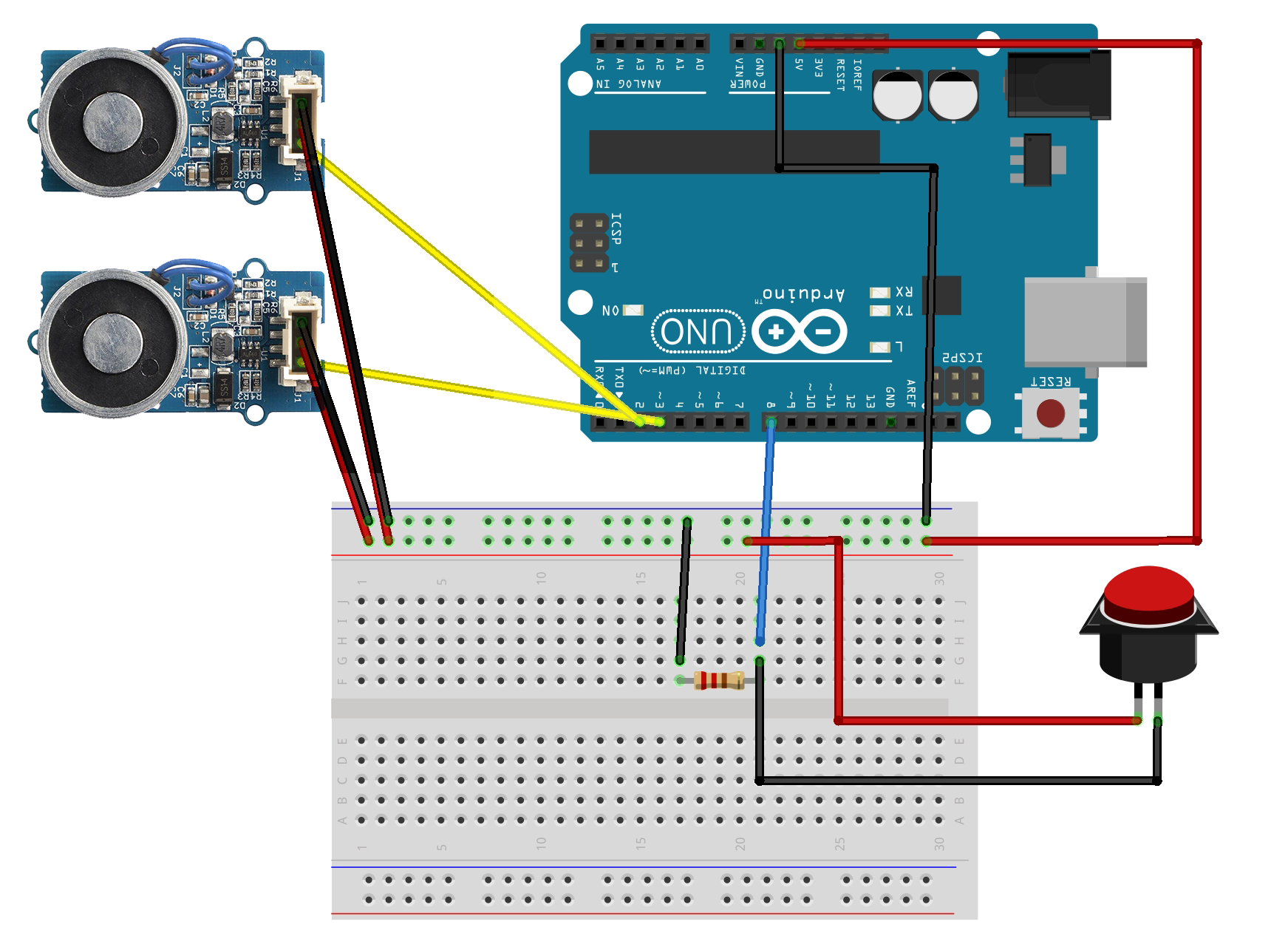
To simulate the roughness of the fabric, the researchers used Arduino technology, two electromagnets and a steel plate. By adjusting the magnetic force with different input voltages, different roughnesses can be created on the steel plate. Paper with different material textures was added on top to provide different fabric textures. The combination of texture and roughness is varied so as to effectively mimic the tactile sensation of different fabrics. The device is based on the theory of haptic perception (Lederman and Klatzky, 2009), which explains how the sense of touch can help recognise texture and other physical properties.
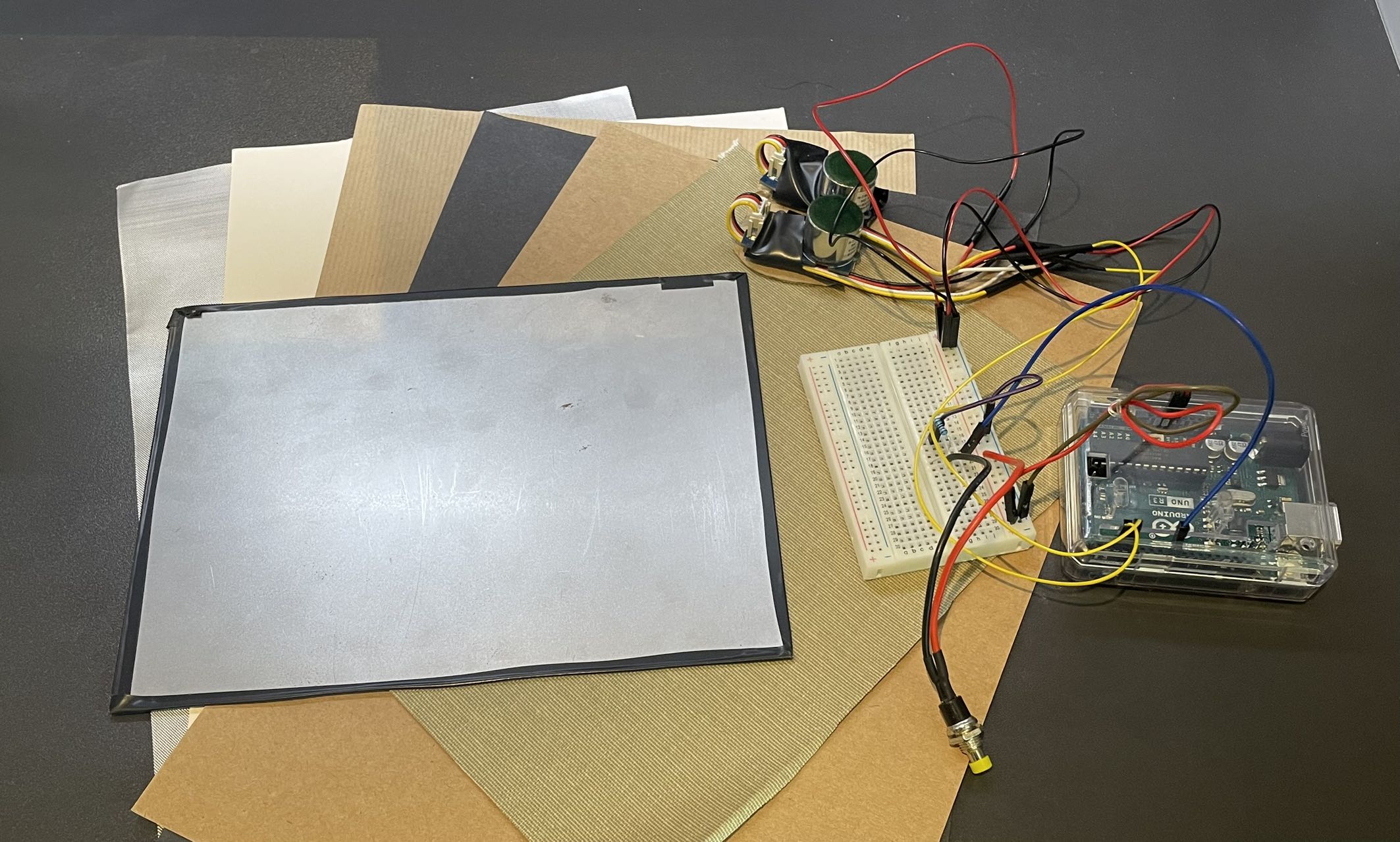
Statistical Significant:
In this project, this data was used to analyse the variability between each of the prototypes and thus to obtain the extent to which the experimental factors influenced the final results.
Conclusion:
Thematic Analysis:
In this project, the purpose of the thematic analysis was to derive some more targeted insights from the qualitative data that would provide a more subjective view from the participants’ perspective.
Conclusion:
For user experience design –
The importance of integrating multisensory stimulation into online shopping platforms to create a more immersive and informative user experience.
The necessity of providing appropriate and effective sensory information to avoid overload and ensure that sensory stimulation meets the cognitive expectations of users is highlighted.
For user experience research –
Extending this different sensory stimulation combination methods to other product categories area, which will definitely help user experience design to flourish in different fields.
Exploring the long-term impact of augmented reality and tactile feedback on consumer loyalty and brand perception can further inform user experience strategies.